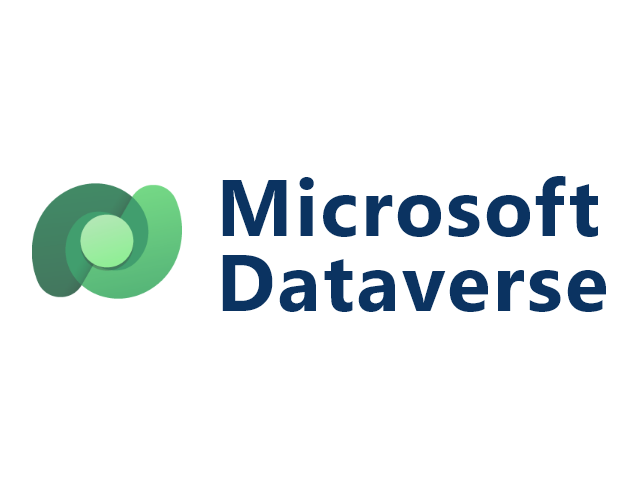Access to the information contained in databases has always been a major headache for advanced users and, by extension, for their support teams. Microsoft Dataverse is proposed as the solution to access, security, and complex problems in current databases.
Until now, users who needed to access the information contained in the database to operate with them, make reports, or import/export, had to
- Locate each of the databases, since the information was usually found in different disconnected silos
- Know the structure of the database and its implications
- Have prior knowledge of SQL
The objective of Dataverse is that the user can concentrate on the exploitation of their data, avoiding complexities of a technical nature.
1. What is Microsoft Dataverse?
Microsoft Dataverse is Microsoft’s data warehouse aimed at making it easy and secures to manage and use business data.
Dataverse is born from Common Data Service with the purpose of allowing data models to work without the need for technical knowledge.
From a structural point of view, Dataverse is a cloud database made up of tables in which we find rows (records) and columns (fields).
2. What are the benefits of Microsoft Dataverse?
The main advantages of Dataverse are
- Protection through Microsoft security.
- Access to business information from Dynamics365.
- Possibility of making applications without programming knowledge.
- Ease of administration as it is located in the cloud.
- Integrates rich metadata.
- Logic integration and validation.
Protection through Microsoft security.
Secure access to information is guaranteed by role-based access security.
Access to business information from Dynamics365.
The information generated by Dynamics365 is also stored in Dataverse, so it can be used to generate new applications or reports.
Possibility of making applications without programming knowledge.
Ease of administration as it is located in the cloud.
We should not worry about the technical details linked to the database. The Microsoft cloud is the host of the information.
Integrates rich metadata.
Data types and relationships are used directly within PowerApps.
Logic integration and validation.
Column (field) calculation logic, business rules, workflows, and business process flows are stored alongside the database.
3. Integration of third-party data into Dataverse
Following the spirit of Dataverse, maintaining a single database that contains all the information, even coming from third-party data, will make the process of building applications easier.
Once this information is incorporated into Dataverse, access from Power BI, Power Automate, and Power Virtual Agents is immediate.
The forms of information integration are
single import
Following industry standards, Dataverse makes it easy to import via Excel spreadsheets and CSV files.
scheduled integration
It is possible to define synchronizations from other data sources.
Integration via PowerQuery
This third possibility allows the use of PowerQuery to perform the transformation and incorporation of data.
4. What is the difference between Azure and Microsoft Dataverse?
I’m sure by now you’ve come to the conclusion that Dataverse is a lot like Microsoft Azure. The answer is yes and no.
Effectively, Azure is a data store just like Dataverse is. And if we have to talk about the difference in a quick way, we will say that Azure is aimed at personnel with extensive technical knowledge while Dataverse is designed for users.
Thus
- Azure requires SQL programming while Dataverse is low code without requiring knowledge of SQL
- Azure is maintained by the customer’s technicians while Dataverse is updated and maintained by Microsoft.
- Azure’s connectivity is greater than Dataverse’s, especially with older third-party applications.
- Dataverse is cheaper than Azure.
Azure and Dataverse integration
Effectively, Dataverse can import data from Azure, make use of Azure data in your applications, and export data from Dataverse to Azure services.
5. Microsoft Dataverse and Dynamics365
As we have previously mentioned, Dynamics 365 works on the Dataverse model to store business information. And that’s because Microsoft Dynamics 365 CRM was already the first application that used it and then spread to the rest.
6. Dataverse and Power Platform
Power Platform is made up of Power Apps, Power BI, Power Automate, and Power Virtual Agents. Using any of these tools is much easier with Dataverse as your data store.
Microsoft Dataverse is included free with the Power Apps license.


